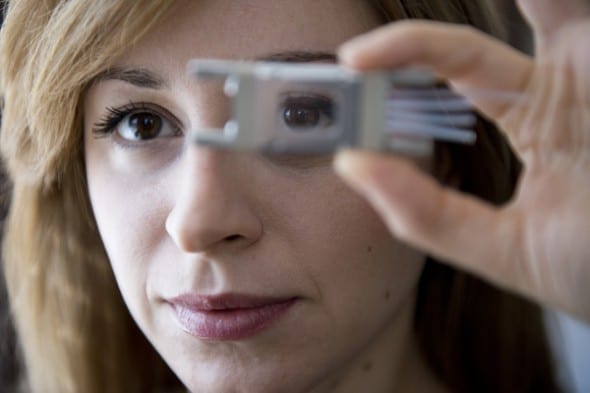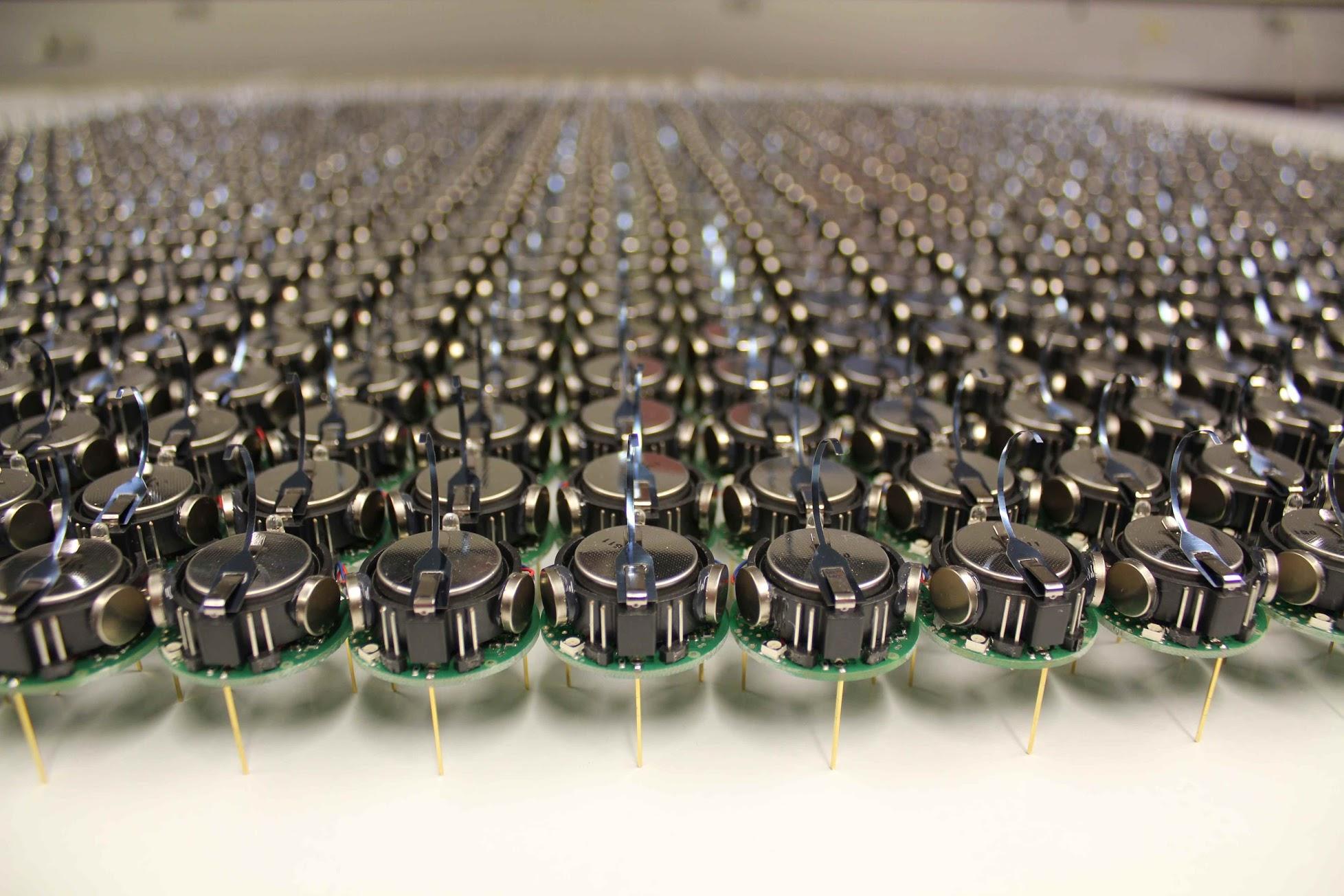
Anyone who has endured a long-haul flight will know that they’re not the most pleasant way to spend a day – and night.
Like EADS with its ZEHST concept plane, UK-based aerospace company HyperMach is looking to ease the pain of long-distance air travel – at least for those that can afford it – with its SonicStar supersonic business jet concept that it unveiled at the Paris Air Show today. With its ability to cruise at Mach 3.5 at an altitude of 60,000 ft. (18.9 km), the SonicStar will be able to fly from New York to Paris in under two hours or from New York to Sydney in just five hours – a journey that currently takes over 20 hours on a commercial airliner.
Featuring electromagnetic drag reduction technology that eliminates any sonic boom over land, the SonicStar is powered by two 54,700 thrust class Supersonic-Magnetic Advanced Generation Jet Electric Turbine (S-MAGJET) engines that HyperMach says is 30 percent more fuel efficient than the Rolls Royce 593 Engine in Concorde. These hybrid supersonic, non-afterburning engines – to be built by HyperMach sister company SonicBlue – operate electrically by generating a large amount of on-board power through the use of superconducting ring generators powered by the high velocity exhaust thrust from the combustor section of the engines.
The majority of the electricity produced is directed forward through a proprietary electric power management system to run a superconducting electric ring motor axial compressor and multi-stage counter rotating, superconducting, dual ring motor electric bypass fans. The bypass fans run independently of the compressor allowing them to run at much lower speeds than the compressor to provide a more efficient RPM for the engine’s fan blade design. HyperMach says the electrical independence of the bypass fan from the compressor alone raises the engine’s overall efficiency by 70 percent.
The twin fans are also counter rotating to reduce aerodynamic swirl and drag and can be run at optimal rotational speed at any aircraft speed or altitude. This allows the aircraft to boast an impressive a cruise fuel efficiency below 1.05 lbs. of fuel, per lb. of thrust, per hour at Mach 3.5. Jet-A, JP-4 and JP-7 fuel capable, the jet can carry 75,000 lb. of fuel providing a range of 6,000 nautical miles.









